Fred Kilmer
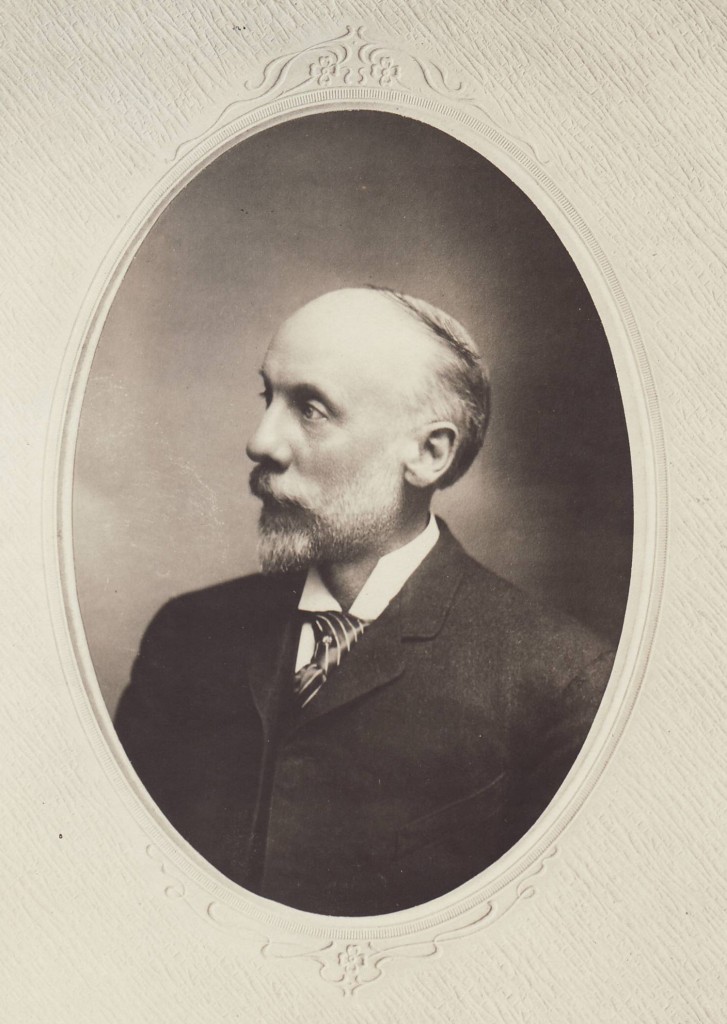
In 1889, one of the most remarkable employees in the history of Johnson & Johnson arrived at our growing array of buildings as our new director of scientific affairs. Just as the arrival of Robert Wood Johnson had created a whirlwind of excitement and activity at Johnson & Johnson, the entrance of the quiet, more introverted Fred Kilmer was about to do the same.
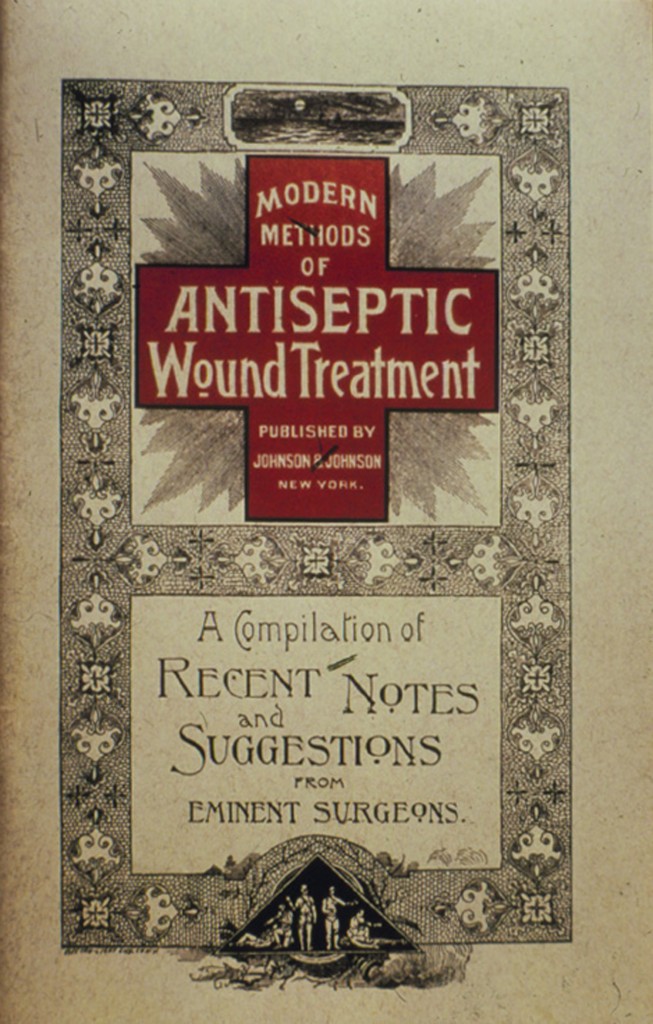
Since Kilmer had put together the groundbreaking Modern Methods of Antiseptic Wound Treatment for Johnson & Johnson, some employees already knew him from his visits to the Company…and if they lived in New Brunswick they may have bought necessities for their families at Kilmer’s Opera House Pharmacy.
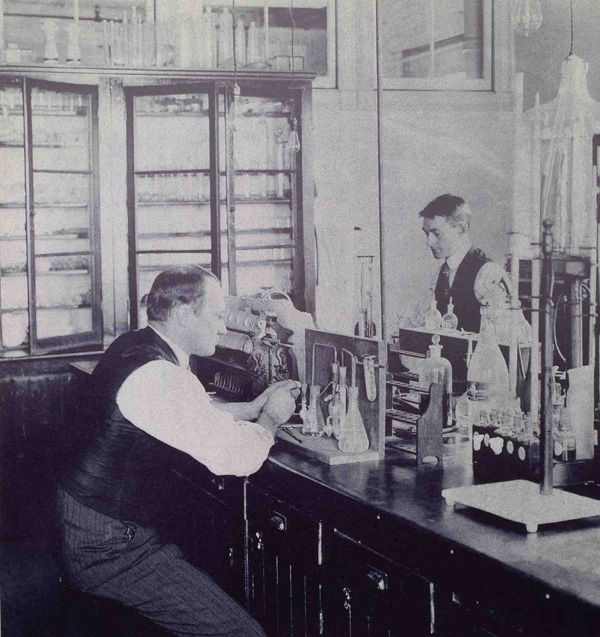
When the 38-year old Kilmer arrived at Johnson & Johnson, the Company’s laboratory was small – its supplies consisted of test tubes, a few beakers, and a Bunsen burner. By 1891, just two years later, our greatly expanded lab under Kilmer’s direction was providing the technical scientific expertise needed to mass produce sterile cotton and gauze dressings, was replicating the famous experiments in steam sterilization that had been carried out by the German scientist Robert Koch, and had developed a procedure for using sealed reference organism spores to verify the success of the sterilization process, thus pioneering the use of the biological indicator in industrial sterilization – something that’s still done today. In just two years, the quiet former retail pharmacist had moved Johnson & Johnson to the forefront of developing sterilization and aseptic manufacturing techniques, even improving on the methods of Sir Joseph Lister.
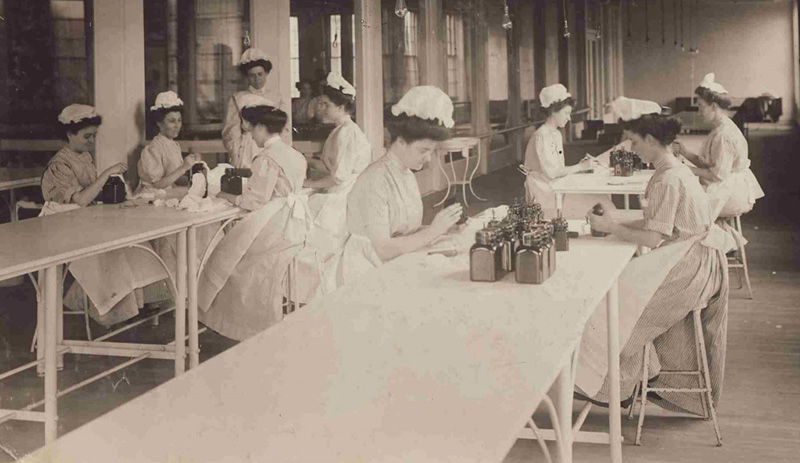
As scientific director, Kilmer designed and set up our Aseptic Department – our early clean rooms for manufacturing sterile surgical dressings and sutures; he even had a hand in the design of new buildings for the Company so that they could incorporate aseptic manufacturing and the large steam sterilizers we pioneered in 1891. He put in place the rigorous scientific and medical reading and coursework that employees had to complete in order to work in the Aseptic Department. And it was under Kilmer’s management of the Scientific Department that Johnson & Johnson employed its first female scientist – way back in 1908. Kilmer was also an early champion of women in the field of pharmacy.
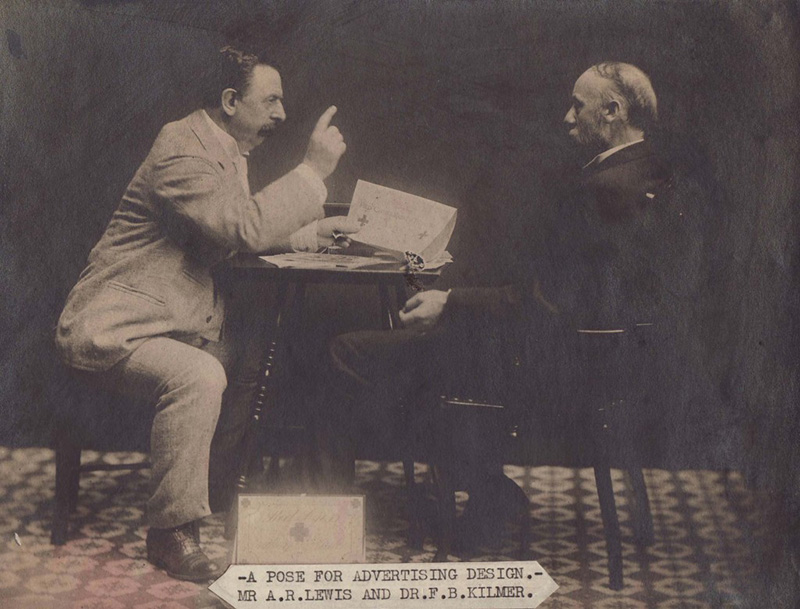
But Fred Kilmer didn’t stop with establishing the strong scientific base of Johnson & Johnson. For many decades he held the dual title of scientific director and chief publicity officer for the Company. As chief publicity officer, he oversaw some of our advertising, he did our early public outreach and he communicated with doctors, surgeons, retail pharmacists and the public. One Kilmer’s early conversations with doctors and consumers led to the invention of JOHNSON’S® Baby Powder, which we launched in 1894…and ultimately to our entire baby products business. Kilmer created, wrote and edited our early publications. And he served on our board of directors. And he began our museum and archives. And he volunteered his expertise in science and public health in the community, by serving on the New Brunswick and New Jersey State Boards of Health, by being a founder of St. Peter’s Hospital in New Brunswick, and by teaching classes for our employees. He helped inaugurate reforms in water and milk supply, disease control and sanitary sewage systems, first in New Brunswick and then on a wider level. And he served on the boards of a number of professional organizations. Kilmer House readers may understandably feel exhausted just reading a list of Kilmer’s many responsibilities: Fred Kilmer was the Company’s original multitasker. As our early writer and communicator, Fred Kilmer wrote the vivid descriptions of Robert Wood Johnson and James Wood Johnson that have been quoted on this blog but, true to his nature, he didn’t leave one about himself. When he was asked to provide biographical material about himself, he generally confined it to “just the facts.” So what do we know about Fred Kilmer?
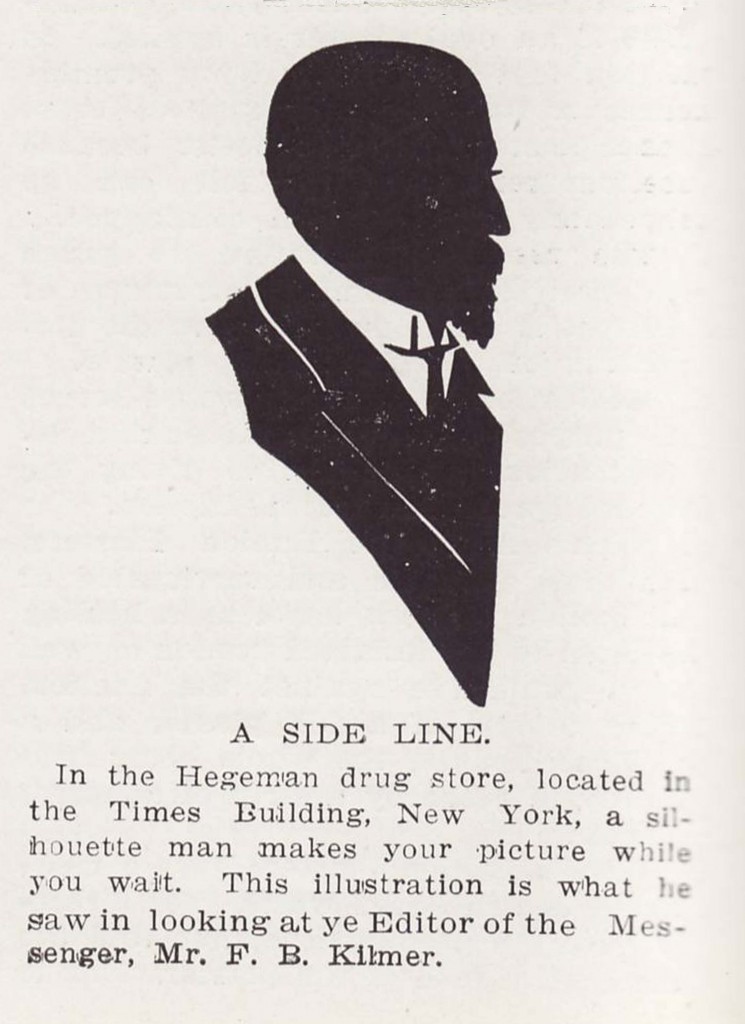
Frederick Barnett Kilmer was born in Chapinville, Connecticut on December 11, 1851. He preferred being called Fred, and always referred to himself as Fred B. Kilmer. He spent his early school years in Binghamton, New York before attending the Wyoming Seminary in Pennsylvania -- the same school attended by Robert Wood Johnson and James Wood Johnson, although they didn’t meet until adulthood. Kilmer studied at the New York College of Pharmacy and, according to this history of Middlesex County, New Jersey, he also took special courses in chemistry from Columbia, Yale and Rutgers universities. After graduation, he did his apprenticeship at pharmacies in upstate New York, Pennsylvania, and Morristown, New Jersey before moving to New Brunswick in 1879.
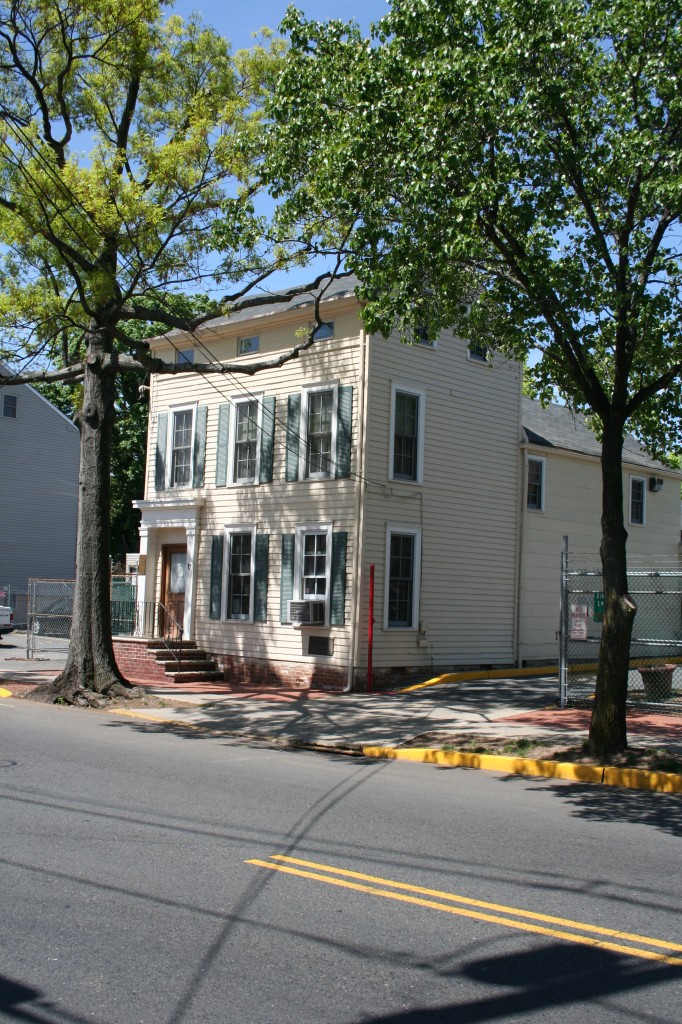
In the late 1880s, Fred Kilmer and his family lived in a small house on Codwise Avenue in New Brunswick. It was there in 1886 -- the same year Johnson & Johnson was founded – that the Kilmers’ son Alfred Joyce Kilmer was born. Joyce, as he was known, went on to fame as a poet and writer, and Codwise Avenue was later renamed Joyce Kilmer Avenue in his honor. Fred Kilmer’s first house in New Brunswick is now a museum, which today can be visited by appointment. The Kilmer family later moved to a larger house at 147 College Avenue – closer to Johnson & Johnson -- that was known for its beautiful gardens because, in one of the few small pieces of personal information on Fred Kilmer in our archives, he loved gardens and flowers. (The Kilmers' College Avenue house no longer stands. In an odd coincidence that Kilmer no doubt would have appreciated, both his College Avenue house and Robert Wood Johnson's house have been replaced by places to eat at Rutgers University: The Johnson house was on the site of the Rutgers parking lot in which the food trucks are located, and a Rutgers University dining hall now stands where Fred Kilmer's house once stood.)
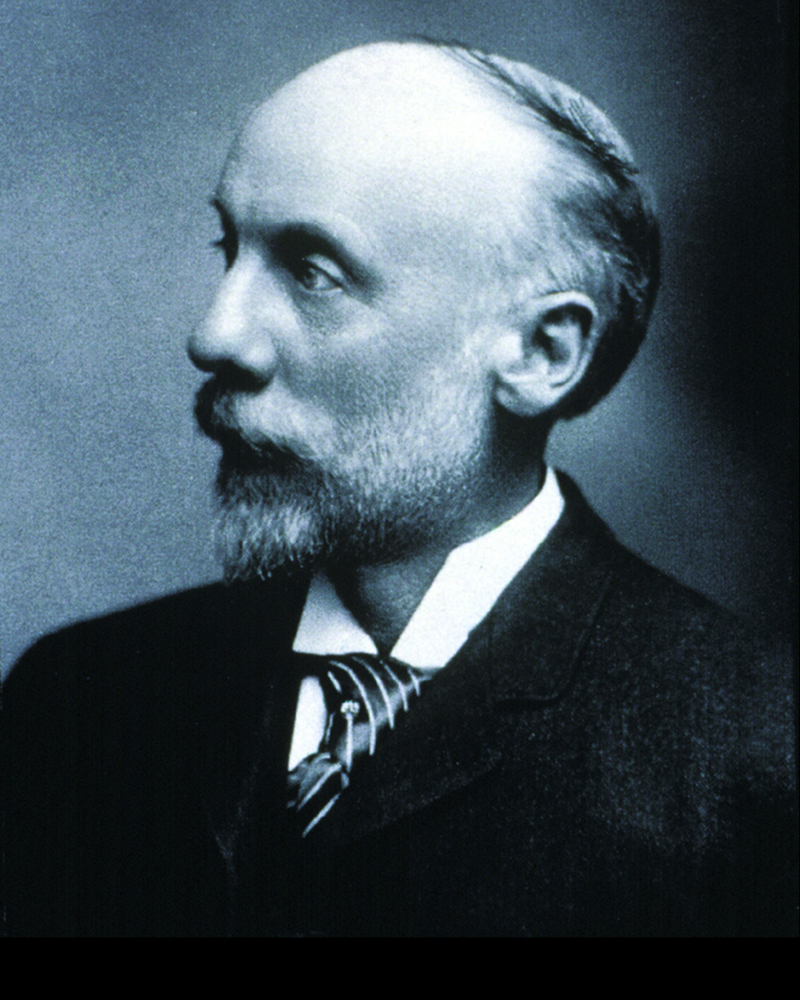
In person Kilmer was described as being thin and slight, with a serious or melancholy look, but those who got to know him discovered that he had a “ready wit,” read widely and knew a lot about a large variety of topics. [Robert Wood Johnson, The Gentleman Rebel, by Lawrence G. Foster, Lillian Press, 1999, p. 54] The New Brunswick Sunday Times wrote about Kilmer as “…a man who was friendly and democratic, broad-minded and interested in everything worth while.” [New Brunswick Sunday Times, January 6, 1935] And the National Association of Retail Druggists’ Journal described Kilmer as having a “facile mind and a prolific pen.” Kilmer’s writing and outreach, along with his scientific expertise, helped build Johnson & Johnson. In his writing for the Company, Kilmer occasionally liked to look ahead to what he thought the future might hold. Two of the things he included in one of his predictions were the ability to create life in a test tube and the production of light, heat and power from the radiant energy of the sun (in other words, he predicted the use of solar energy). There’s no doubt that Fred Kilmer would be thrilled to see not only that his prediction came true, but also that Johnson & Johnson is generating solar power at a number of locations.
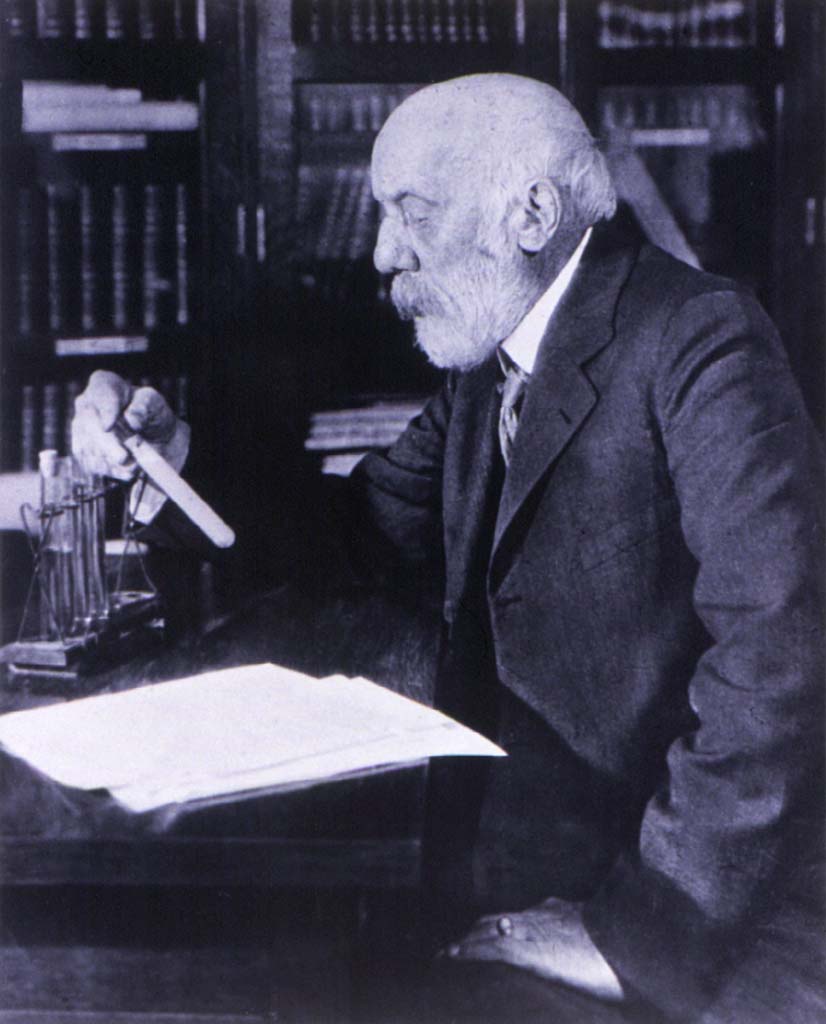
Fred Kilmer held the position of director of scientific affairs at Johnson & Johnson for a remarkable 45 years, from 1889 to 1934. In his later years, although younger members of his staff had assumed many of his duties, he still came to Johnson & Johnson to work in the lab and organize our archives. Fred Kilmer passed away on December 26, 1934 at age 83. In their July 8, 1935 issue, TIME Magazine called him “the most revered pharmaceutical chemist in the country.” Today, Fred Kilmer’s legacy can still be seen at Johnson & Johnson in our strong basis in science, in our public outreach, and in our Museum and archives. He remains one of only two people in Johnson & Johnson history to have a Company building in New Brunswick named after him, and he is recognized by the American Pharmacists Association Kilmer Prize in Pharmacy.

100 years ago, on the occasion of the Company’s 25th anniversary, Kilmer wrote: “To make the world better because of our existence, to build up a better environment, a better life…is the end towards which the onward movement of the history of our time and day is directed.” [The Red Cross Messenger, Vol. V, No. 8, January 1913, p. 194.] Fred Kilmer certainly lived by that philosophy, and he devoted his tireless efforts to helping make that happen. Next post: We get a letter from none other than Sir Joseph Lister, the man who inspired the founding of Johnson & Johnson! Stay tuned.

I always enjoy the Kilmer House blog but the post about Fred Kilmer is particularly fascinating. I had no idea that Kilmer was such a visionary and influence on J&J. Thank you for sharing.
I can't wait until the next article. These are facinating stories in our company's history!
Thank you so much for this great information! My son is in fourth grade and doing a project on J & J here in New Jersey. Very interesting and helpful.
Bridget Brambilla
Bridget,
Glad the blog was able to help with your son's school project!
Margaret
This was one of the best blogs yet! I really enjoyed the details of where Kilmer lived and our sterilization history.
Love to read the history of J&J. I have been working with J&J for almost 22 years and I am very proud to be part of the organization. This topic on Kilmer was great. We should have more people like him working with J&J today.
I agree with the posts above. This was a particularly interesting piece of history! Thank you for sharing these great stories!
Reading these helps me feel connected with J&J's rich past and I gain a better understanding of its legacy. Thank you for providing these.
dear sir
your blog is very good .
but i would like read the complete letter of Kilmer
Kilmer wrote: “To make the world better because of our existence, to build up a better environment, a better life…is the end towards which the onward movement of the history of our time and day is directed.” [The Red Cross Messenger, Vol. V, No. 8, January 1913, p. 194.]
pls post the same
In reply to by Dr. saurabh jain
Dear Dr. Jain,
Thanks for your interest in reading the entire document from which the quote from Fred Kilmer was taken. It wasn't actually part of a letter; it was part of an introduction to something Johnson & Johnson published in January of 1913, reflecting back on our 25th anniversary. I couldn't put the entire piece in because it was too long and some of it was off-topic for the post. So, without quoting the entire introduction in length, the introduction I pulled the quote from starts off by talking about what had happened in the world between 1886 and 1911-1912, such as advances in science and knowledge, and improvements in the conditions of daily life. Kilmer went on to write "The stained and faded records, the scraps that remind us of the quarter centiry that has gone, are valuable only as clues to the living existence. To recall the story aright one must live the life over again." He then goes on ask what the purpose of looking at the past would be, and puts in a quote about in order to truly love and succeed in your profession, you must be acquainted with its history. He then finished the introduction with the quote I included in the post, about making the world a better place.
Hope that sheds some further light on what Kilmer wrote.
Margaret
This is great!!! Just about everything I was looking for is here.
I'm going to search a little more but if I don't find it and since I'm here, do you know of a connection between Fred and Dr. Sylvester Andral Kilmer of patent medicine fame. I imagine that there could be since Fred was schooled in Binghampton. Maybe a cousin or something?
Thanks
In reply to by Eric
Hi Eric, Glad you found the post helpful! I believe that Fred Kilmer and Dr. Sylvester Andral Kilmer were related and were cousins, but Fred Kilmer had no connection to their patent medicine business. Here are two links that may help you make that connection:
http://risingdove.org/kilmer/FAQ.asp
http://books.google.com/books?id=CRtWAAAAMAAJ&source=gbs_navlinks_s
Margaret
i learned so much from your website. My father, Russell Kane, grew up on Codwise Ave. and attended Brunswick High, class of 1926. He won a partial football scholarship to Rutgers but could not afford the remaining tuition. He then commuted to
NYC and was a runner on the floor of the New York Stock Exchange in 1929.
It was important to him that my sister and I attend Rutgers Preparatory School. We were in the 197th and 199th classes on the old campus. My husband Carl Pepper is
also a graduate. I truly appreciate your historical research about
Developing new scientific methods for research.
I am a second cousin, thrice removed, to Fred Kilmer's wife, Annie. Your very informative article has been quite helpful. Thank you!
In reply to by Brian D. McCullough
Hi Brian,
Glad to hear from a member of Annie Kilmer's family, and glad you liked the post!
Margaret
For me, this is a GREAT introduction to Fred Kilmer. What an inspiration! Thanks for sharing.